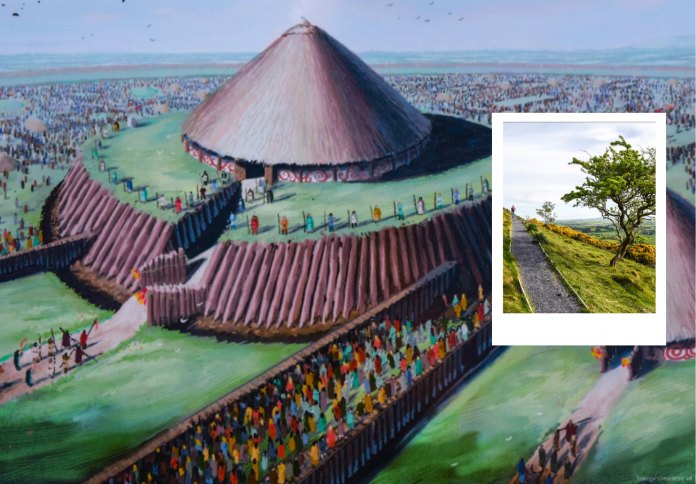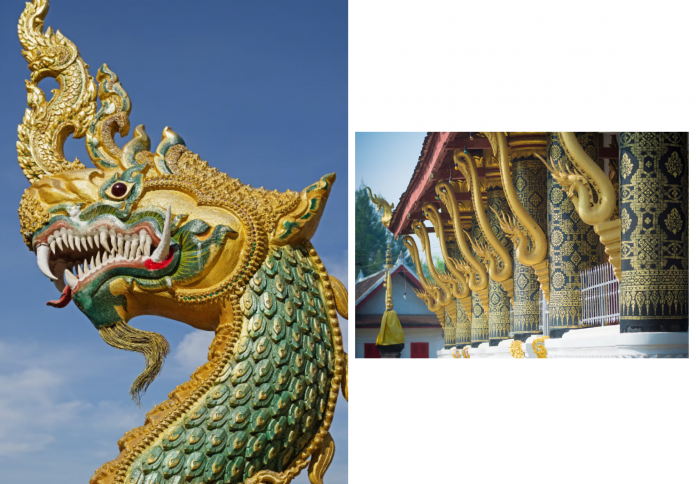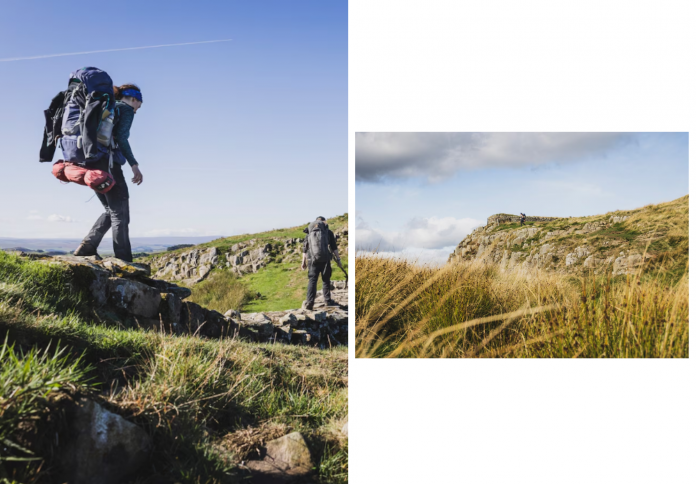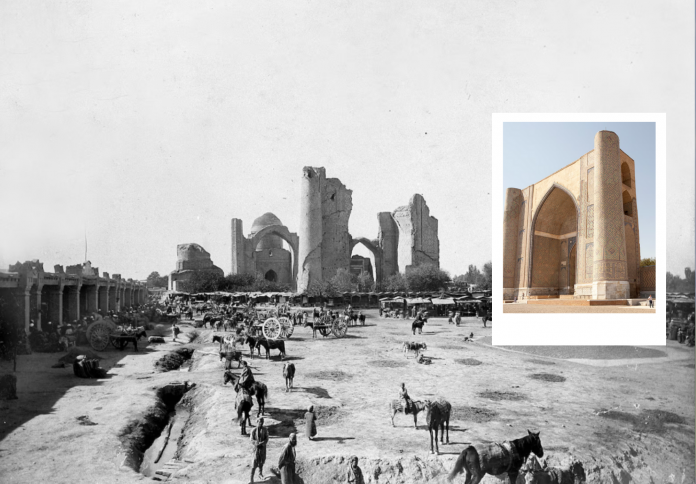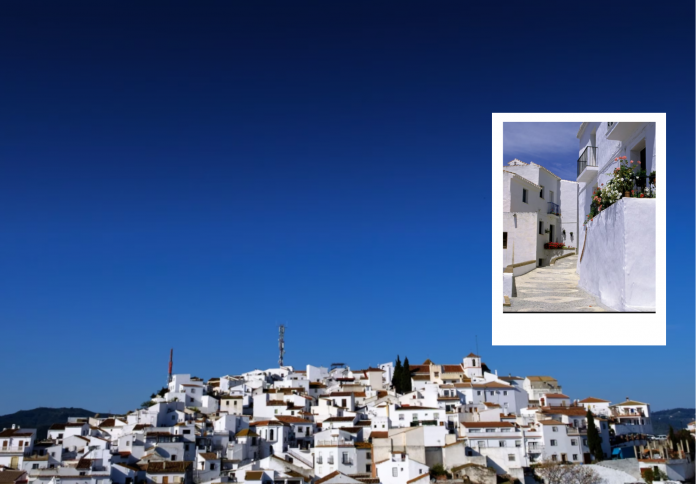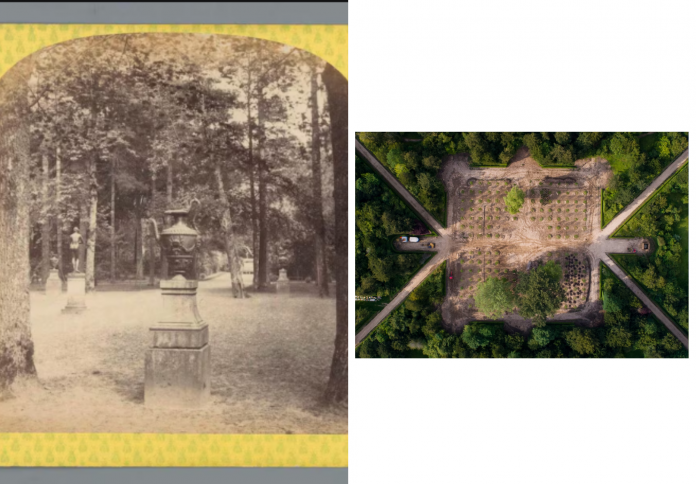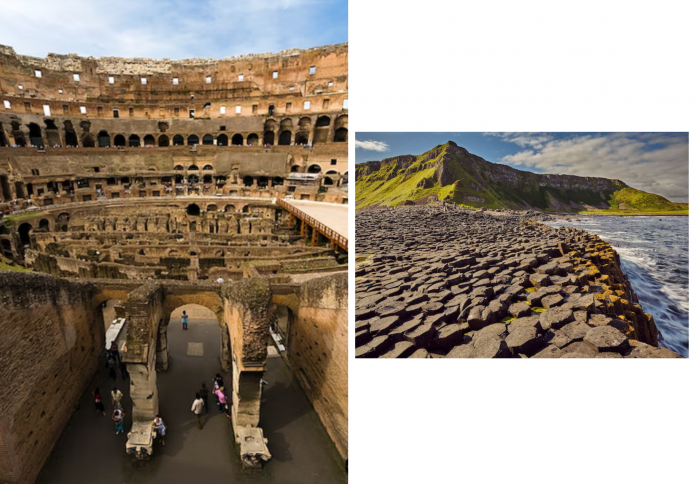The unassuming entrance to Oweynagat cave, in the heart of the Irish countryside, offers little hint of its profound and ancient past. In the middle of a field in County Roscommon, where sheep graze freely on a large grassy mound, one would never guess that this quiet landscape was once a hub of ancient Irish royal life and the epicenter of a fearsome festival. Centuries ago, this monumental mound lay at the heart of Rathcroghan, the hub of the ancient Irish kingdom of Connaught. The former Iron Age center, now largely buried beneath farmland, was the very location that gave birth to Samhain, the ancient festival that would one day morph into our modern celebration of Halloween. Today, its central role in ancient Irish history is slowly being rediscovered, with Ireland applying for UNESCO World Heritage status for the archaeological site.
Rathcroghan: An Ancient Kingdom’s Heart
Rathcroghan, the hub of the ancient Irish kingdom of Connaught, is far more than just a tranquil field. Spread across more than two square miles of rich agricultural land, this massive archaeological site encompasses an astounding 240 archaeological locations, some of which date back as far as 5,500 years. The vast network of historical remains includes burial mounds, ring forts that served as settlement sites, standing stones, and linear earthworks. The most significant of these, however, is an Iron Age ritual sanctuary that once stood at the center of the kingdom, as well as the mysterious Oweynagat, the so-called “gate to hell.”
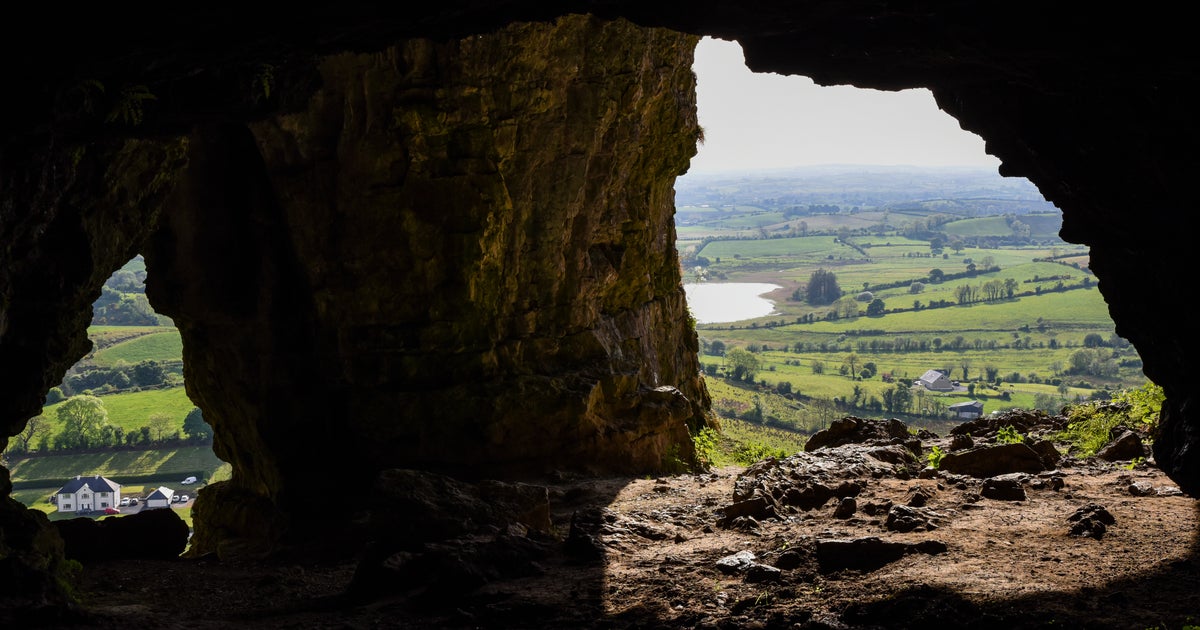
This expansive site was not a town in the modern sense, as the kingdom of Connaught consisted of scattered rural properties rather than urban centers. Instead, Rathcroghan served as a royal settlement and a key venue for the most important festivals of the year. During these lively events, the privileged elite of the Connachta kingdom, who may have resided at the site, would gather alongside members of the lower-class communities. Here, they would trade, feast, exchange gifts, play games, and even announce declarations of war or peace. The site was a vibrant hub of culture and community, a central gathering place for a dispersed population.
Samhain: The Night the Veil Thins
More than 2,000 years ago, when the ancient Irish people worshipped the land and nature itself, it was here at Rathcroghan that the Irish New Year festival of Samhain was born. According to archaeologist and Rathcroghan expert Daniel Curley, this festival was one of four key celebrations that divided the ancient year. The first, Imbolc, on February 1, coincided with the lambing season. Bealtaine, on May 1, marked the end of winter, while Lughnasadh, on August 1, was a harvest festival presided over by Irish kings. Finally, on October 31, came Samhain, a sacred time when one pastoral year ended and another began.
Samhain was the most significant of the four, as it was a period when the veil between the living world and the otherworld was believed to disappear entirely. Mike McCarthy, a Rathcroghan tour guide and researcher, explains that this was the time “when the invisible wall between the living world and the otherworld disappeared.” This meant that a “whole host of fearsome otherworldly beasts” could emerge from the underworld to ravage the surrounding landscape. Festivalgoers, gathered at the elevated temple surrounded by burial grounds for the Connachta elite, were filled with both gratitude and fear—thankful for the agricultural efforts of the spirits but wary of falling victim to their fury.
Legends of the Otherworld: Demons, Disguises, and Sacrifices
The legends surrounding Oweynagat, the “cave of the cats,” are deeply ingrained in ancient Irish folklore. It was believed that this unassuming cave was a gateway to a murky, subterranean dimension known as Tír na nÓg, the land of the immortals, which was also inhabited by a myriad of beasts, demons, and monsters. During Samhain, it was from this cave that some of the most fearsome creatures were said to escape, wreaking havoc on the mortal world. To protect themselves from physical harm and avoid being dragged into the otherworld, the ancient Irish communities developed elaborate rituals.

To ward off the malevolent spirits, people lit ritual fires on hilltops and in fields. But perhaps the most enduring of all the traditions was the practice of disguising themselves. In order to avoid being recognized as humans by the ghouls, people would don costumes to mimic them. By disguising themselves as “fellow ghouls,” as McCarthy explains, they hoped to blend in and not be taken. These same festivalgoers may have also made ritual offerings, possibly directing them to the spirits of the otherworld. Evidence suggests that even animal sacrifices may have taken place on the land, adding a chilling layer to the ancient traditions.
From Ancient Ritual to Modern Tradition: The Birth of Halloween
The ancient traditions of Samhain, rooted in the folklore and rituals of Rathcroghan, did not end with the passage of time. They endured and were carried across the Atlantic by Irish immigrants in the 1800s. These traditions, once a pagan festival centered on spirits and the underworld, were then adopted and adapted into what we now know as American Halloween. The ancient customs of warding off ghouls and otherworldly beasts through costumes and rituals can be seen directly in our modern traditions of dressing up and trick-or-treating.
Despite its profound historical significance as the birthplace of one of the world’s most popular holidays, the archaeological site of Rathcroghan remains largely unassuming and unnoticed by the millions who celebrate its ancient festival. The peaceful fields and grazing sheep belie the dramatic history that lies beneath the ground. In a country so dense with historical remains, many of these sites are either hidden or simply forgotten, slowly consumed by nature. The Rathcroghan site and its infamous “gate to hell” serve as a powerful reminder of how our modern-day celebrations are deeply rooted in the rituals and beliefs of a long-lost world.
